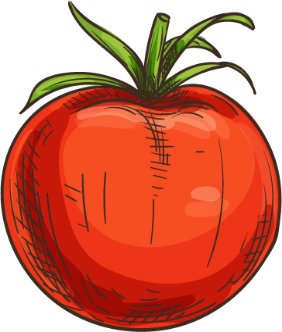The key to their success was coming up with creative presentations for the food to bolster curiosity and excitement among students. For example, slicing oranges into perfectly round, thin wheels on the mechanical slicer, offering purple cauliflower rather than the more common white variety, or cooking cranberries into a sweet dessert crisp. “They want to try the purple cauliflower because it’s purple, not because it’s cauliflower,” explained Pully. She also found that the easier items were to try, the more apt students were to grab a sample, especially among older students. For example, celery sticks were sampled accompanied by a small cup of peanut butter. This was something very easy for students who wanted a “grab and go” option.
Celery sticks were sampled accompanied by a small cup of peanut butter. This was something very easy for students who wanted a “grab and go” option.
Pully sought to source the produce for the samples as locally as possible. She worked with a local distributor to obtain smaller quantities of certain items especially for the taste tests, which helped a great deal with budgeting. Many items such as Michigan apples, blueberries, and peaches came from down the road. Local sourcing also helped the cause of engaging with the most local source of all; their school garden. As a result of the Project Produce Grant, the Horticultural Club started cultivating tomatoes, cucumbers and other vegetables to be used in the cafeteria.






